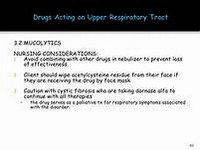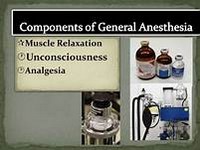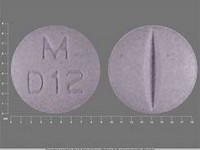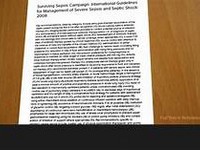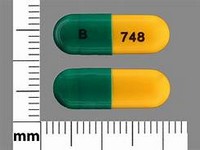dopexamine hydrochloride
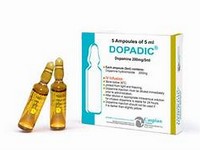
dopexamine hydrochloride
CLINICAL USE
Inotropic support in exacerbations of heart failure and heart failure associated with cardiac surgery
DOSE IN NORMAL RENAL FUNCTION
IV infusion
: 0.5 –1 mcg/kg/minute and then in increments (0.5–1 micrograms/kg/minute) up to 6 micrograms/kg/minute at not less than 15 minute intervals
PHARMACOKINETICS
Molecular weight :429.4 %Protein binding :No data %Excreted unchanged in urine : 10 Volume of distribution (L/kg) :0.45half-life – normal/ESRD (hrs) :6–11 minutes/– DOSE IN RENAL IMPAIRMENT
GFR (mL/MIN)
20 to 50 : Dose as in normal renal function and adjust to response 10 to 20 : Dose as in normal renal function and adjust to response <10 : Dose as in normal renal function and adjust to response DOSE IN PATIENTS UNDERGOING RENAL REPLACEMENT THERAPIES
CAPD :Unknown dialysability. Dose as in normal renal function HD :Unknown dialysability. Dose as in normal renal function HDF/high flux :Unknown dialysability. Dose as in normal renal function CAV/VVHD :Unknown dialysability. Dose as in normal renal function IMPORTANT DRUG INTERACTIONS
Potentially hazardous interactions with other drugsAntidepressants: risk of hypertensive crisis with MAOIs and moclobemideBeta-blockers: risk of severe hypertension Sympathomimetics: effects of adrenaline and noradrenaline possibly enhanced ADMINISTRATION
Reconstition
– Route
By intravenous infusion into a central or large peripheral vein Rate of Administration
See dosage instructions Comments
IV infusion
of 400 or 800 micrograms/mL in glucose 5% or sodium chloride 0.9%Peripheral administration: concentration of infusion solution must not exceed 1 mg/mLCentral administration: concentration not >4 mg/mLRate of administration and duration of therapy should be adjusted according to the patient’s response as determined by heart rate and rhythm, blood pressure, urine flow and measurement of cardiac output OTHER INFORMATION
Avoid abrupt withdrawal
See how to identify renal failure stages according to GFR calculation
See how to diagnose irreversible renal disease
Home

